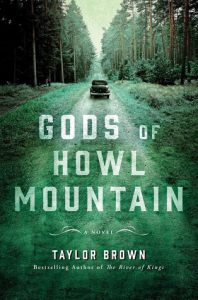
I met Kimberly through Bloom, the Facebook group for Tall Poppy writers and their readers. If you’re looking for reading material, this author collective has writers of many genres and styles. Since I love speculative fiction, I asked Kimberly for an interview and she graciously agreed to share a little peek into the magic that is writing. Enjoy! And join Bloom if you’d love to a part of a community of stories and supportive human beings.
Describe your writing process—schedule, environment, inspirations—and everything you do as an author beyond writing.
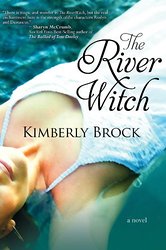
Almost always, I start with a place, because setting is so important in my writing, and a problem. I love the peculiar or unexplained. Outliers and underdogs are always my favorite characters and often a voice comes to me with a line or two of dialogue or narrative that will send me off to learn that person’s story. In fiction and in real life, I can’t stand not knowing why. I’m a bloodhound for the whole story.
In terms of my writing day, I’m not a morning person, so I usually work during the late morning and through lunch while my kids are in school. When I’m drafting a story, I can write through the day without realizing the hours have passed. I love research and I have to be careful I don’t get lost in it. I often go through many drafts of a novel before I find the real heart of what I’m trying to say and that means it takes me quite a while to complete a book. Luckily, I have an agent who encourages me to dig deep and likes being part of my process.
When I’m not writing–and trust me, I’m always writing–I spend my time with my family. I have three children–a daughter who is entering college this fall, a son who is a rising senior in high school, and a second son who is entering fifth grade. We have two dogs–a cairn terrier and a rescue dachshund. My husband and I love to cook and travel, and our favorite spots to visit are Savannah, Georgia, Charleston, South Carolina, and the occasional trip to the Pacific Northwest, where we lived early in our marriage. We’ve been to France a few times and lately we’ve been talking a lot about Cornwall and Wales. Maybe someday!
Walk me through the publishing process from final draft to final product, everyone involved, and what you do yourself to promote your new books.
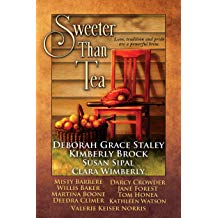 I think my experience in publishing is pretty typical. I spent many years at work on multiple manuscripts, submitting queries to agents and entering contests. I was very lucky to sign with an agent, but I sold my first novel on my own to a small press and it was a lovely experience. My editor and I and a copy editor worked together to get the book in the best shape possible before it went to press.
I think my experience in publishing is pretty typical. I spent many years at work on multiple manuscripts, submitting queries to agents and entering contests. I was very lucky to sign with an agent, but I sold my first novel on my own to a small press and it was a lovely experience. My editor and I and a copy editor worked together to get the book in the best shape possible before it went to press.
After the novel was in the world, I went to work making use of all the networking I’d done over the years prior to publishing–relationships I fostered with generous book bloggers and fellow writers–and I sought out every way I could find to put the book in front of as many readers as possible. The novel won the Georgia Author of the Year award, and I went on a book tour across the southeastern US and visited as many independent bookstores as I could. They are the fairy godmothers of authors and readers!
You are a member of the Tall Poppies author collective. Tell me how that happened and about your support system online and IRL; who are your biggest cheerleaders?
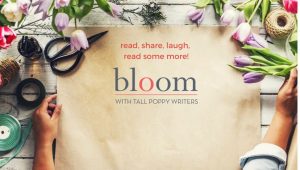 A few years ago, Orly Konig invited me to lead a workshop for the Women’s Fiction Writer’s Association’s first retreat. Over that weekend, I learned about the Tall Poppies from author Kathryn Craft and got excited about the group. I had lunch with Amy Impellizerri before we left the airport and I absolutely adored her, too. I was delighted when they invited me to be a part of this inspiring group of women authors. They are absolutely my support system online AND IRL!
A few years ago, Orly Konig invited me to lead a workshop for the Women’s Fiction Writer’s Association’s first retreat. Over that weekend, I learned about the Tall Poppies from author Kathryn Craft and got excited about the group. I had lunch with Amy Impellizerri before we left the airport and I absolutely adored her, too. I was delighted when they invited me to be a part of this inspiring group of women authors. They are absolutely my support system online AND IRL!
Patti Callahan Henry and Amy Nathan have been longtime supporters and friends. Outside of Poppies, Allison Law, Joshilyn Jackson, Sally Kilpatrick, Nicki Salcedo, Heather Bell Adams, Gina Heron, Reta Hampton, Shari Smith, Marybeth Whalen and Ariel Lawhon have encouraged me so much along the way. Emily Carpenter and MJ Pullen know where all the bodies are buried. There are so many more! I know I’m leaving so many people out.
The short stories on your website evoke your Southern Gothic style; they are a wonderful introduction to your writing. How does your life influence your art—and vice versa, and how did speculative elements find their way into your storytelling?
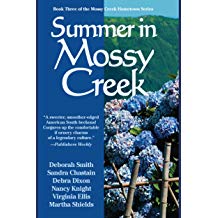 Thanks! The short stories are like little treats for myself that I hope readers enjoy. In them, I allow myself to just play with the magical elements that I love in my favorite stories. My novels aren’t so heavy with magical elements, although they are most definitely present. I love the inexplicable.
Thanks! The short stories are like little treats for myself that I hope readers enjoy. In them, I allow myself to just play with the magical elements that I love in my favorite stories. My novels aren’t so heavy with magical elements, although they are most definitely present. I love the inexplicable.
I think my world view comes through in my writing and my choice to always force characters to examine what they think they believe and especially what they are willing to accept without concrete evidence. I like to challenge black and white ideas and I’m interested in what exists in the gray areas. I grew up and have lived most of my adult life in the South where ghosts and spirits, religion and superstition are a part of everyday conversation. I’m a very intuitive person. I think I could hardly write anything else.
What do you love most about your creativity?
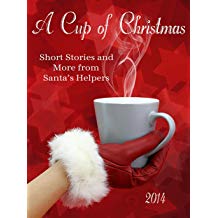 Over the years, I’ve heard so many writers lament a loss of creativity in their lives. I don’t adhere to that idea. I believe that people are inherently creative by nature. Like any other natural ability, we have to be healthy in other areas of our lives in order to function at our best and creativity is no different. There are months when my creativity seems dormant, but it’s easy to know why if I look at other areas of my life–my physical or psychological health.
Over the years, I’ve heard so many writers lament a loss of creativity in their lives. I don’t adhere to that idea. I believe that people are inherently creative by nature. Like any other natural ability, we have to be healthy in other areas of our lives in order to function at our best and creativity is no different. There are months when my creativity seems dormant, but it’s easy to know why if I look at other areas of my life–my physical or psychological health.
The most amazing thing I’ve learned as I’ve gotten older is that the answer to reviving my creativity is engaging in creativity. It’s self-healing. The more I allow myself to be freely creative, the more my physical and psychological health also improve. If I neglect my creativity, everything else goes downhill with it. It’s imperative for a full life.
I started the Tinderbox Writers Workshops, which led to an annual retreat, based on these ideas and my own experiences. Every year, writers meet on the South Carolina coast for a week of inspiration, friendship, writing and transformation. It’s one of my favorite things and truly the most rewarding part of my writing journey.
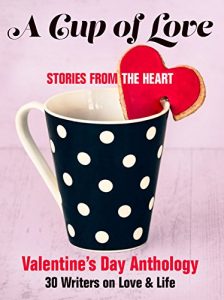
Connect with Kimberly:
